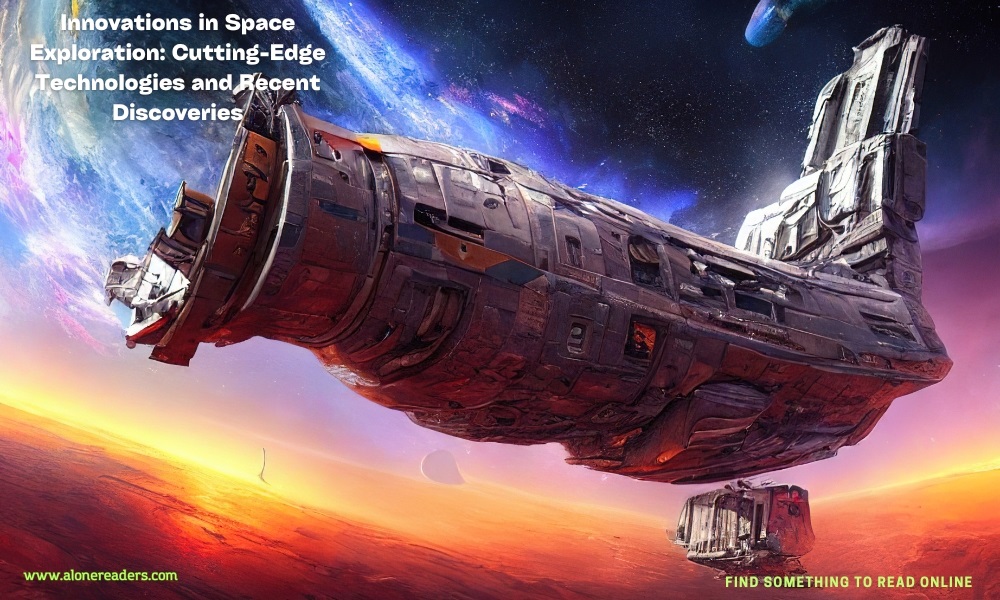
Space exploration has always captured the human imagination, reflecting our innate desire to understand the universe and our place within it. The past few decades have seen unprecedented advances in technology, propelling our exploratory capabilities beyond the bounds of our own planet and into the deeper realms of space. This article delves into the most recent technologies and discoveries in space exploration, highlighting how these developments are expanding our horizons and paving the way for future missions.
One of the most significant technological advancements in recent years is the development of reusable rocket technology. Spearheaded by companies like SpaceX, reusable rockets have dramatically reduced the cost of space travel, making it more feasible to launch multiple missions. SpaceX's Falcon 9 and Falcon Heavy rockets, which can land back on Earth and be flown again, have not only demonstrated this capability but have also been pivotal in sending numerous satellites and payloads to orbit. This innovation is crucial for long-term space exploration plans, including the proposed missions to Mars and beyond, as it promises a more sustainable and cost-effective approach to interstellar travel.
Another breakthrough technology in space exploration is the advent of small satellites, such as CubeSats. These miniature satellites are often no larger than a small printer, yet they are capable of performing science experiments, testing equipment in space, and providing communication. The reduced size and weight of CubeSats significantly lower launch costs and allow more frequent and targeted missions, contributing to a broader dissemination of space technology. For instance, the Mars Cube One (MarCO) mission involved two such satellites accompanying NASA’s InSight lander to Mars, providing communication relay data about the lander’s descent and touchdown.
On the discovery front, the James Webb Space Telescope (JWST), launched in December 2021, marks a monumental step forward in astronomical observation. The JWST is designed to observe high-redshift objects that are too old and too distant for the Hubble Space Telescope to see. Its sophisticated instruments allow scientists to study the formation of stars and galaxies, investigate the atmospheres of exoplanets, and look for potential signs of life beyond Earth. The data provided by the JWST could answer fundamental questions about the origin of the universe and the prevalence of other Earth-like planets.
Additionally, space exploration missions have also turned their gaze back to our own solar system, with recent missions to Mars yielding groundbreaking results. NASA's Perseverance Rover, which landed on Mars in February 2021, has been tasked with searching for signs of ancient life and collecting soil and rock samples. The rover's experiments include MOXIE (Mars Oxygen In-Situ Resource Utilization Experiment), which successfully produced oxygen from Martian atmospheric carbon dioxide. This experiment is vital for future human missions to Mars, as it points towards the possibility of producing oxygen for breathable air and rocket propellant directly on the Red Planet.
Exploring other celestial bodies, NASA's OSIRIS-REx mission has brought back samples from the asteroid Bennu, which are expected to help scientists understand the early solar system's conditions and how life began on Earth. Similarly, the European Space Agency's (ESA) Rosetta mission, which ended in 2016, provided valuable data on the comet 67P/Churyumov-Gerasimenko. Studies of the comet's surface and atmosphere offer clues about the early composition of the solar system and how water might have been delivered to Earth.
The technological innovations and discoveries in space exploration not only enhance our understanding of the universe but also bring practical benefits to Earth. For instance, technology developed for space missions has found applications in medical imaging, water purification, and even household products. Moreover, the international collaboration seen in space missions fosters global cooperation and peaceful use of outer space.
As we stand on the brink of the new frontiers, the future of space exploration looks promising. With plans for lunar bases, Mars colonies, and even further afield missions to the moons of Jupiter and Saturn, the role of new technologies and ongoing discoveries will be more crucial than ever. These endeavors not only represent the pinnacle of human ingenuity and curiosity but also hold the promise of answering some of the most profound questions about life and the universe itself.